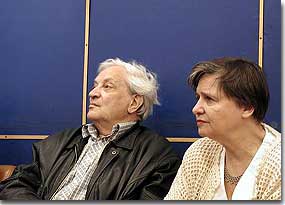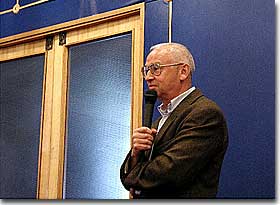Reports
Discussion
Virtual Reports
Optimization of electric propulsion trajectory using the one-parameter continuation is considered. The optimal control problem is reduced into boundary value problem by means of maximum principle. The one-parameter continuation essence is immersion the boundary value problem into the one-parametric family of boundary value problems. Differentiating the residuals of boundary value problem with respect to continuation parameter reduces this problem into the initial value problem.
Usage the one-parameter continuation method for dynamical system, which is represented by ordinary differential equations, results in the nested integration of differential equations. The dynamical system integration produces boundary residuals, and this residuals are used to form right parts of differential equations of one-parameter continuation method. This method realization requires rather high computational productivity. As a result an effective usage of this method became feasible in the last decade only.
The review of one-parameter continuation versions and trajectory optimization results are presented, including:
The first version of one-parameter continuation method for planetary mission optimization was realized by author in the 1994. The 6-years method exploitation demonstrates its extremely effectiveness (much better then conventional direct and indirect optimization methods) and practical regularity for such kind of optimization problems. In particularity, there were found optimal low-thrust trajectories to Mercury which includes up to 50 complete orbits around the Sun (non-averaged ones), optimal rendezvous and flyby of planets and small bodies in the range from Mercury to Pluto. The bifurcation of optimal low-thrust trajectories was analyzed, the low-thrust trajectories using gravity assist maneuvers were optimized.
The features of one-parametric continuation versions for low-thrust trajectory optimization are discussed. The Windows application EPOCH for low-thrust heliocentric trajectory optimization is demonstrated.
MS PowerPoint Presentation




